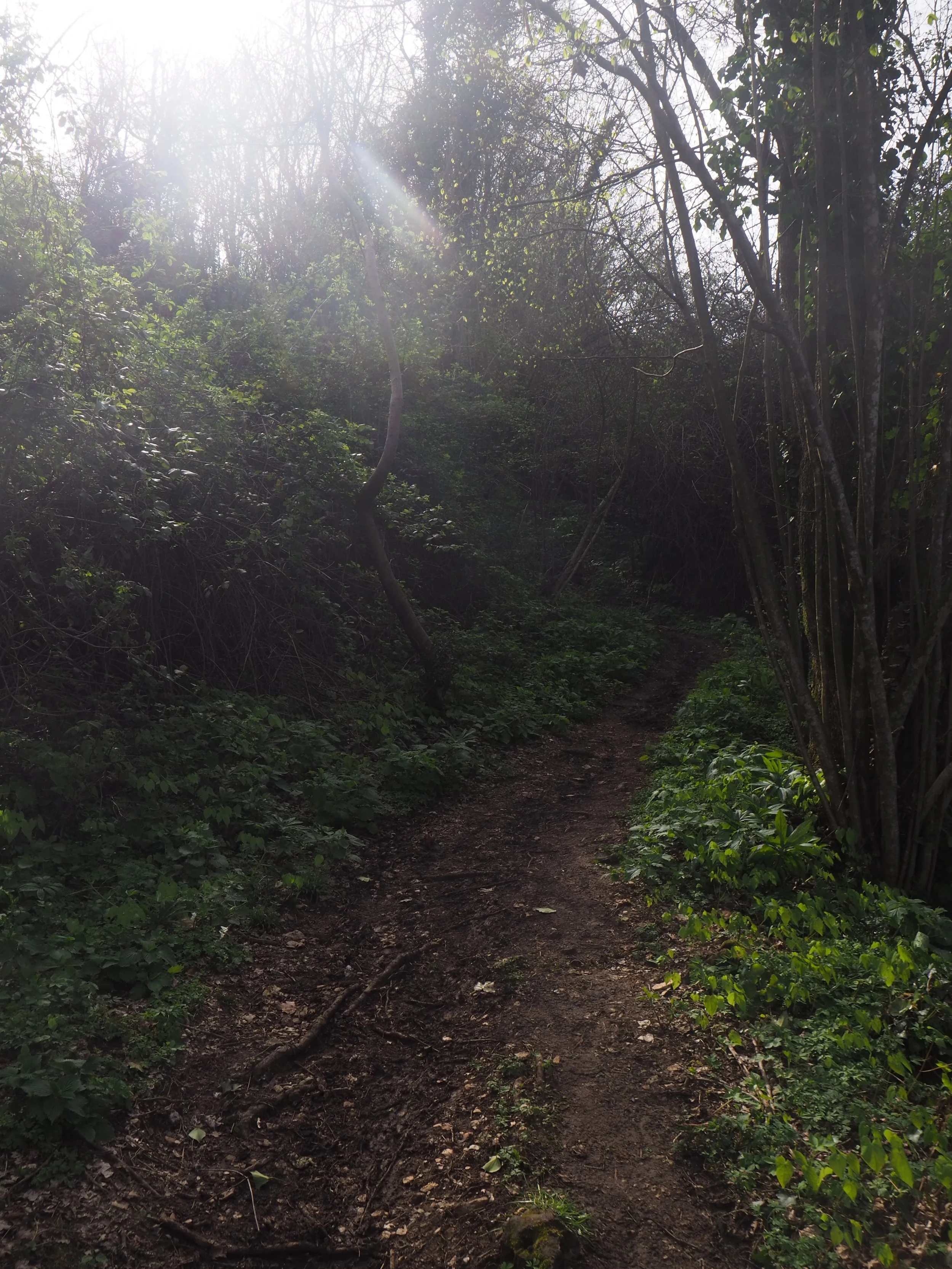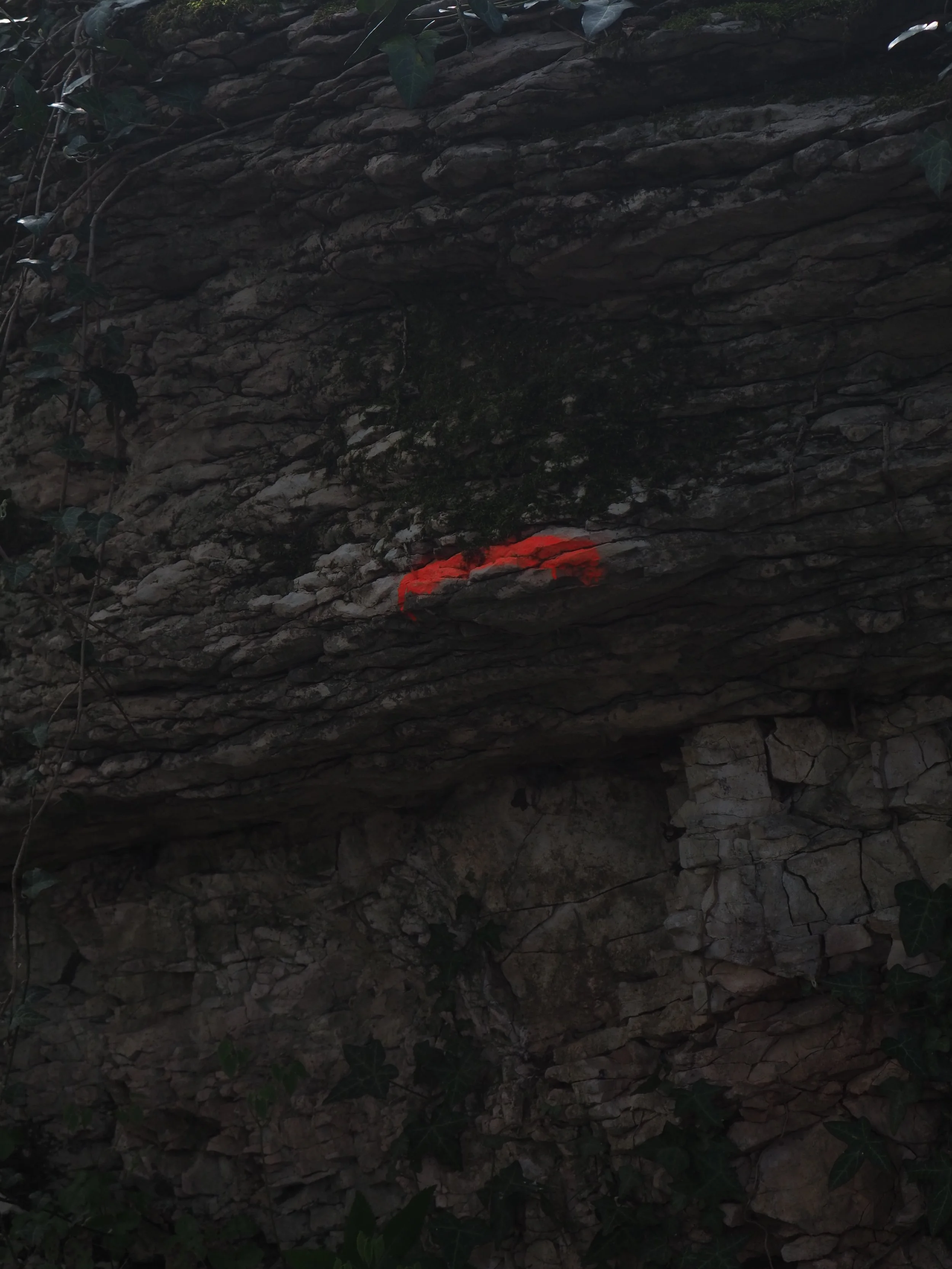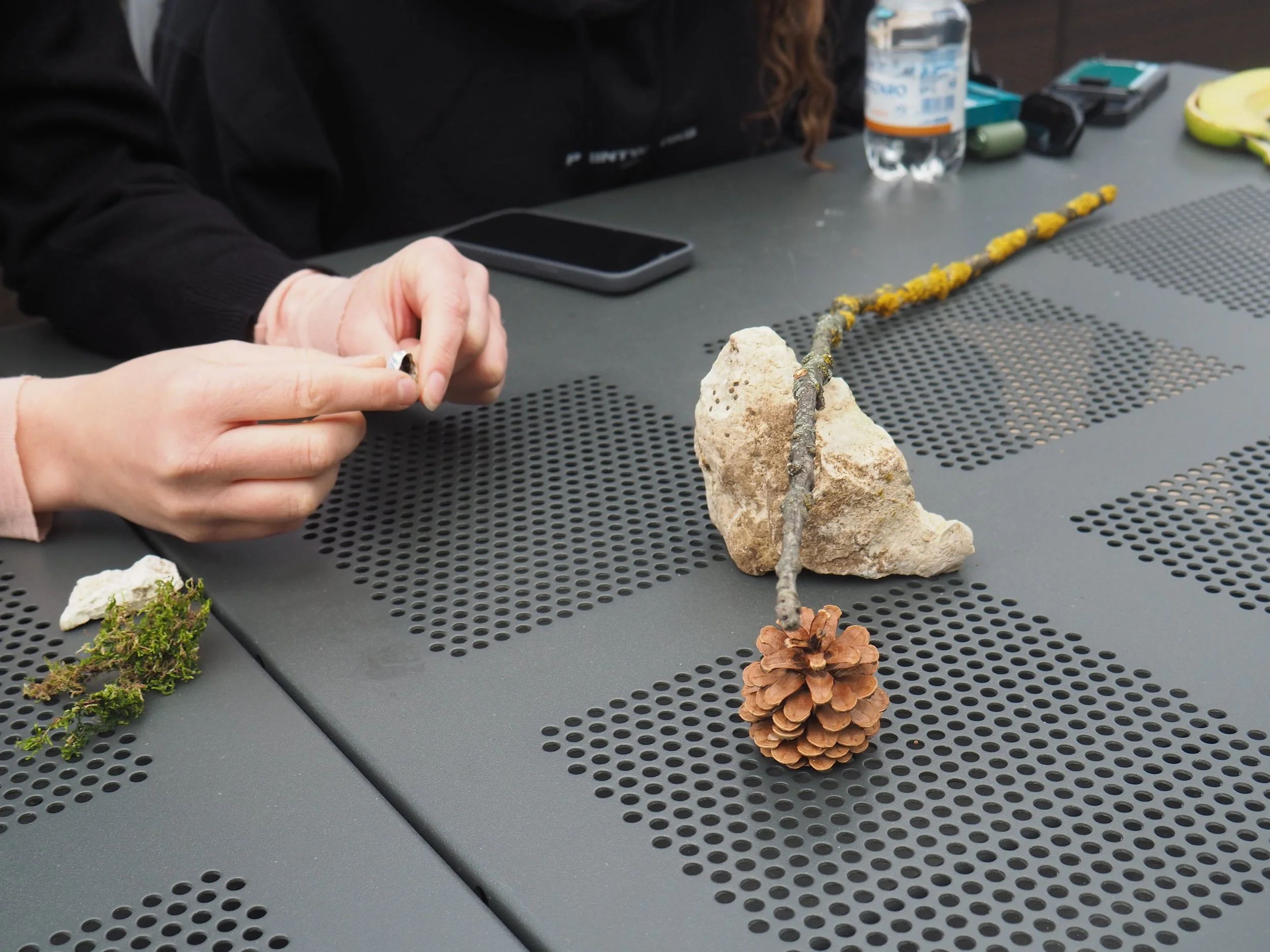Somatic Walk through the strosi of Valdagno's hillsides
Somatic Walk and creation of an embodied map of the strosi (dialect for hillside and mountain’s paths), 2025.
As part of the cultural and artistic program of The School of Filò I developed and led a somatic walking experience that invited participants to engage with landscape through their bodies rather than merely observing it. This practice-based research explored how embodied movement through terrain creates unique knowledge of place—knowledge that resides in sensation, breath, and memory rather than purely visual or intellectual understanding.
The somatic walk methodology evolved from my interest in how environments are experienced through multiple channels simultaneously. Traditional mapping privileges visual representation and geographical precision, while neglecting the subjective, somatic experience of traversal. My approach inverted this hierarchy by prioritizing: sensory awareness (temperature changes, ground textures, scent variations); physical responses (heart rate, breathing patterns, muscle tension/release); emotional resonance and memory associations; attention to human and non-human presence across time
Participants were guided through specific attention practices as they traversed the path from lower woodland areas to the higher elevations where the woods thinned and revealed views of the Piccole Dolomiti mountains. These practices included focused breathing, silent walking, tactile engagement with surroundings, and moments of stillness.
The somatic walk was conducted in two phases:
Initial Research Walk - With the School of Filò working group of artists and architecture students, creating a collaborative laboratory for refining the methodology
Public Engagement Walk - Opened to local residents and visitors during the culminating event, creating dialogue between outsider and insider experiences of place
Each walk concluded with a collective mapping exercise where participants created alternative cartographies using found materials, bodily sensations, and emotional responses. These maps incorporated small collected keepsakes that resonated with participants' experiences—a fallen leaf, a stone with particular texture, something in the landscape that evoked a story or a memory.
The resulting "sensory maps" revealed pathways experienced through multiple dimensions—tactile, auditory, olfactory, emotional—challenging conventional representations of landscape.







